A Tank Full of Lies
In the early 1960s, a man named Anthony “Tino” De Angelis had a simple product and a big dream. He was in the salad oil business—buying, refining, and selling soybean oil out of Bayonne, New Jersey. His company, Allied Crude Vegetable Oil Refining Corporation, wasn't flashy, but it was trusted. Too trusted, as it turns out.
At the time, banks and trading firms were eager to lend against physical commodities. If you had storage tanks full of oil, that was good as gold—liquid collateral, literally. De Angelis took full advantage of this.
He filled his tanks all right—just not with oil.
Using a mix of chutzpah and basic science, he engineered one of the greatest frauds in American financial history. The scam was genius in its simplicity: oil floats on water. De Angelis poured a thin layer of soybean oil atop tanks mostly filled with water. When inspectors came to verify inventory, their measuring rods hit oil first. They saw what they expected to see.
But that wasn’t all. De Angelis had a system of valves and pumps that let him shuffle the real oil between tanks just ahead of inspections. So even if a bank or a buyer decided to check multiple tanks, they’d all appear full. And since these weren’t just friendly walkthroughs—these were independent inspectors and auditors—no one questioned what they saw.
With doctored tanks and forged confidence, De Angelis secured over $180 million in financing (about $1.8 billion today) from some of the biggest financial players on Wall Street. The most notable among them? American Express.
Back then, American Express wasn’t a credit card company. Its core business was financial services, and one of its most trusted products was the warehouse receipt. If AmEx said you had soybean oil stored in Bayonne, you had soybean oil in Bayonne. That document could be used to secure loans, fund trades, and grease the wheels of high finance. It was a badge of certainty in an uncertain world.
Until it wasn’t.
In November 1963, the whole thing came undone. A commodities firm tried to sell some of the "collateral" and discovered, instead of golden soybean oil, tanks full of plain water. The house of cards collapsed overnight.
American Express stock was sliced in half. Executives were hauled into congressional hearings. The financial press had a field day with the irony: a salad oil scheme nearly toppling Wall Street. But this was no joke. The losses were massive. Hundreds of companies were impacted. And trust—in documentation, in reputations, in supposedly airtight processes—was shattered.
Here’s what’s worth noting: almost everyone believed they were protected. The banks had warehouse receipts. The inspectors had verified the inventory. The paper trail was intact. It just didn’t reflect reality.
That’s the part that feels familiar, even now.
In the modern world, we’ve swapped soybean oil for tech valuations and collateralized loans for venture rounds and private equity stacks. But the same principle lingers: confidence builds on confidence. No one wants to break the chain by asking the dumb question. And when everything looks legitimate on paper, who wants to check the tank?
We’ve seen this again and again. From Enron to FTX, Theranos to WeWork, the cautionary tale repeats itself. Someone gets too clever. Systems that were meant to prevent fraud get used to enable it. Smart people convince themselves they’ve done their homework—because someone else already did it. It’s easier that way.
Due diligence turns into a performance. Everyone assumes someone else kicked the tires. But no one actually lifts the lid.
There’s a financial lesson here, but it’s also a human one.
When evaluating an investment, a deal, or even just a big financial decision, the most dangerous phrase in the world is: “It’s already been looked at.”
We place a lot of faith in audits, in documents, in experts, and in process. And yes, those things matter. But they’re not infallible. Systems can be gamed. Reputations can be misleading. And sometimes, even an inspector with a clipboard is only seeing what someone wants them to see.
Healthy skepticism isn’t cynicism—it’s prudence. It’s not about assuming the worst; it’s about not blindly accepting the best. It’s about knowing that, occasionally, a tank full of oil might just be a tank full of water with a slick on top.
